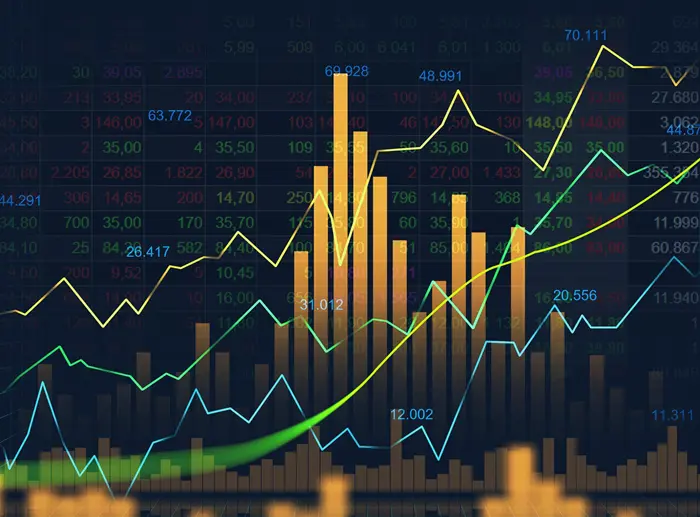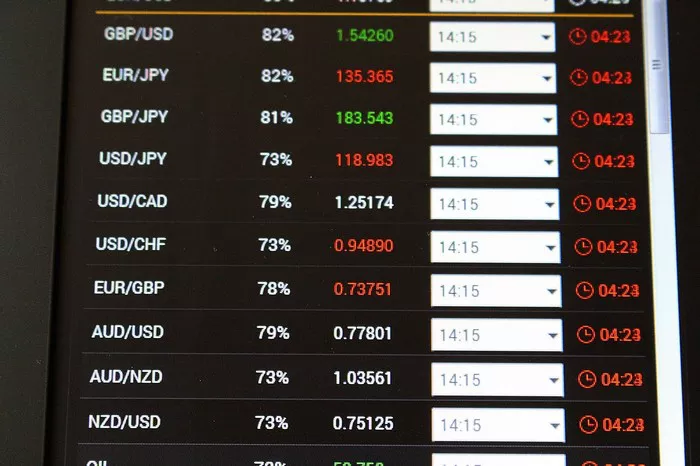A reverse stock split is a corporate action that reduces the number of a company’s outstanding shares while increasing the share price proportionally. This article will explore the concept of reverse splits, why companies implement them, and their effects on investors and the market.
Understanding Stock Splits
What Is a Stock Split?
A stock split occurs when a company divides its existing shares into multiple new shares. This action increases the number of shares outstanding but does not change the overall market capitalization.
For example, in a 2-for-1 stock split, a shareholder with one share valued at $100 would end up with two shares valued at $50 each. This can make the stock more accessible to investors by lowering the price per share.
Types of Stock Splits
There are two primary types of stock splits:
Regular Stock Split: This is the common type of split where the number of shares increases. For example, a 3-for-1 split means each shareholder receives three shares for every one share owned.
Reverse Stock Split: This is the opposite of a regular stock split. In a reverse split, the number of shares decreases while the share price increases.
What Is a Reverse Stock Split?
Definition of Reverse Stock Split
A reverse stock split reduces the number of a company’s outstanding shares while increasing the share price. The total market capitalization remains unchanged.
For instance, in a 1-for-10 reverse split, shareholders with ten shares valued at $1 each would now hold one share worth $10.
Purpose of Reverse Stock Splits
Companies typically implement reverse splits for several reasons:
Increase Share Price: A higher share price can attract institutional investors who may have minimum price requirements.
Avoid Delisting: Companies that fall below a certain stock price may face delisting from stock exchanges. A reverse split can help avoid this.
Improve Perception: A higher stock price can enhance a company’s image and perception among investors.
The Mechanics of a Reverse Split
How Does a Reverse Split Work?
When a company announces a reverse stock split, the following happens:
Announcement: The company announces the reverse split, including the split ratio (e.g., 1-for-5).
Share Conversion: The company’s shares are converted according to the specified ratio. Existing shares are exchanged for a smaller number of new shares.
Price Adjustment: The share price is adjusted to reflect the reverse split.
Example of a Reverse Split
To illustrate, consider a hypothetical company, XYZ Corp., which has the following characteristics before a reverse split:
- Current share price: $1
- Outstanding shares: 10 million
- Market capitalization: $10 million
If XYZ Corp. announces a 1-for-10 reverse split, the following changes occur:
- New share price: $10 (increased proportionally)
- New outstanding shares: 1 million (decreased by a factor of 10)
- Market capitalization remains at $10 million.
Effects of Reverse Splits on Shareholders
Immediate Impact
After a reverse split, shareholders see an immediate change in their holdings:
Reduced Number of Shares: Shareholders own fewer shares post-split.
Adjusted Share Price: The value of their holdings remains the same immediately after the split (excluding market reactions).
Perception and Investor Sentiment
Reverse splits can carry negative connotations. Investors may view them as a sign that a company is struggling. This perception can lead to selling pressure, potentially causing the stock price to decline further after the split.
Long-term Effects
The long-term effects of a reverse split can vary:
Positive Outcomes: If the company successfully turns its performance around, the higher share price can attract more investors.
Negative Outcomes: If the company’s fundamentals do not improve, the stock may continue to struggle, leading to further declines.
Reasons for Implementing a Reverse Split
Avoiding Delisting
One of the most common reasons for a reverse split is to avoid delisting from a stock exchange. Many exchanges have minimum price requirements. A reverse split can help companies meet these requirements and maintain their listing.
Improving Institutional Investment
Some institutional investors prefer stocks that trade above a certain price level. A reverse split can make a company’s shares more appealing to these investors, potentially increasing demand.
Enhancing Company Image
A low stock price may convey a negative image. By implementing a reverse split, companies can enhance their perceived value and appeal to investors.
See Also: What Are Dividend Stocks?
Risks Associated with Reverse Splits
Market Reaction
Investors often react negatively to reverse splits. The perception that a company is struggling can lead to increased selling pressure. This can cause the stock price to decline, undermining the intended benefits of the split.
Long-term Viability
A reverse split does not address the underlying issues a company may face. If the company’s performance does not improve, the stock may continue to decline.
Volatility
Reverse splits can lead to increased volatility in a stock’s price. The sudden adjustment in share price may attract speculative trading, leading to price swings.
Case Studies of Reverse Splits
Case Study 1: Citigroup (2009)
In 2009, Citigroup announced a 1-for-10 reverse split to stabilize its share price after a significant decline during the financial crisis. The move aimed to boost investor confidence and attract institutional investors. The stock’s price increased post-split, but the company continued to face challenges in the following years.
Case Study 2: Overstock.com (2020)
Overstock.com implemented a 1-for-10 reverse split in 2020 to regain compliance with Nasdaq listing requirements. The company aimed to enhance its share price and attract new investors. The split did not prevent volatility, but it allowed the company to maintain its listing and eventually improve its market position.
How to Analyze a Reverse Split
Evaluating Company Performance
When a company announces a reverse split, investors should evaluate its overall performance:
Financial Health: Analyze revenue, profits, and debt levels.
Market Position: Consider the company’s competitive advantages and industry position.
Assessing Management Strategy
Understanding management’s strategy can provide insights into the potential success of a reverse split. Investors should consider:
Long-term Goals: Are the company’s objectives clear and achievable?
Past Performance: Has management successfully navigated challenges in the past?
Monitoring Market Reactions
Investors should pay attention to market reactions following a reverse split. An initial decline may indicate negative sentiment, while stability or growth can signal confidence.
Conclusion
A reverse stock split is a significant corporate action that can impact both the company and its investors. While it can help companies improve their share price and avoid delisting, it often carries negative connotations. Investors must carefully analyze the reasons behind a reverse split and the company’s overall performance. By understanding the mechanics and implications of reverse splits, investors can make informed decisions that align with their investment strategies.
[inline_related_posts title=”You Might Be Interested In” title_align=”left” style=”list” number=”3″ align=”none” ids=”3729,3733,3703″ by=”categories” orderby=”rand” order=”DESC” hide_thumb=”no” thumb_right=”no” views=”no” date=”yes” grid_columns=”2″ post_type=”” tax=””]


































